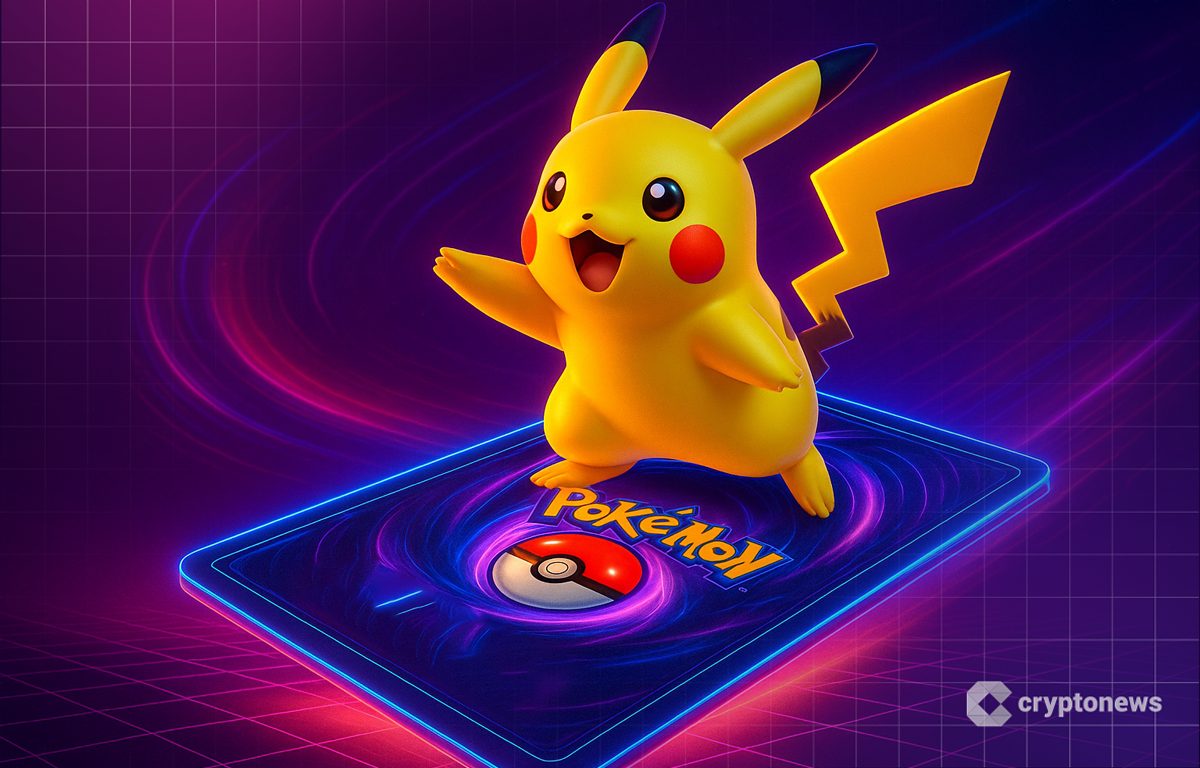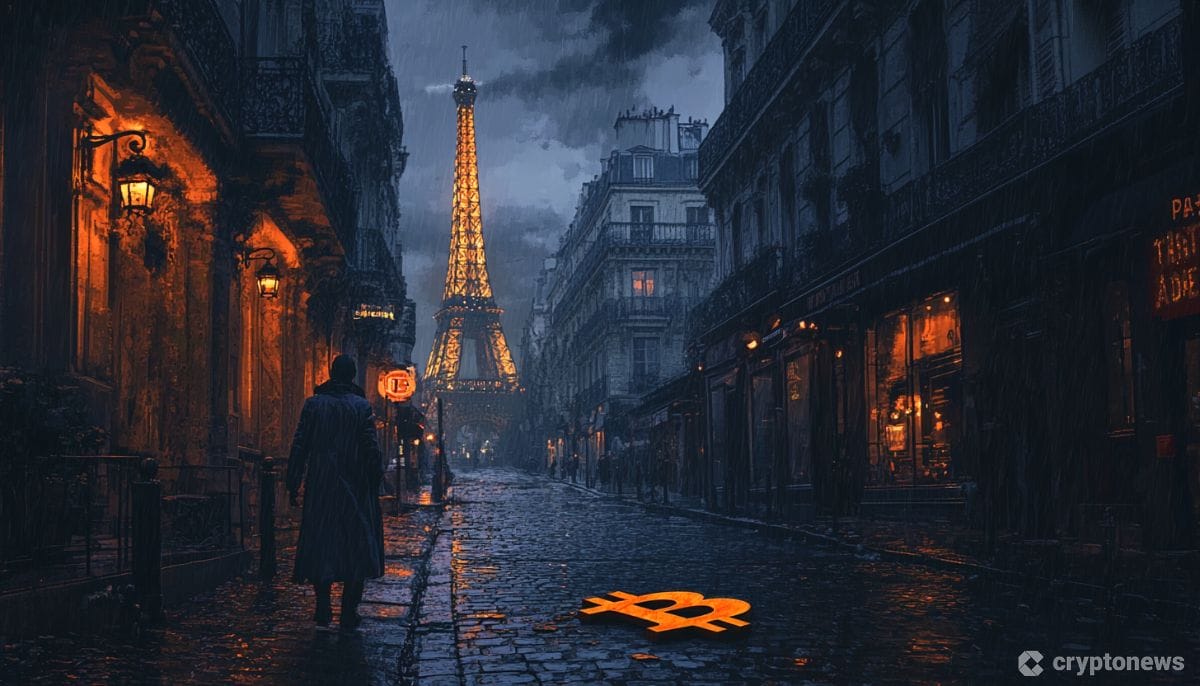Pokemon Cards: An Old Cult Finds Its Way Into Crypto

Key Takeaways:
Pokemon Cards entered crypto through Collector Crypt, whose CARDS token surged by ~2,400% in just over two weeks after launch. The project’s core feature is a digital pack-opening system inspired by the Japanese gacha mechanic, linked to real Pokemon trading cards. Collector Crypt added an economic model where cards are bought at 85–90% of market value and exit at full price, with the spread flowing into the CARDS treasury. The global TCG market was valued at $7.43B in 2024 and is projected to reach $15.84B in 10 years.In September, crypto circles started buzzing about trading card games (TCGs). For a while, it seemed like the hype had faded after NBA Top Shot, and the niche would stay quiet. This time, though, the attention came from Pokemon Cards.
At the end of August, a new project called Collector Crypt launched along with its token CARDS. The platform gives users access to digital versions of Pokemon Cards, and the market reaction was quick. In just over two weeks, CARDS surged by roughly 2,400%, turning the nostalgic theme into one of the most talked-about plays in early September.
Source: DEXScreenerHow Pokemon Cards Entered the Crypto Market
The main feature of Collector Crypt is an online pack-opening system that recreates the feel of traditional trading card packs. The idea comes from the Japanese term “gacha,” which describes a mechanic where players open random sets with a chance of getting rare items. On Collector Crypt, this system was adapted to digital packs linked to real Pokemon Cards, and it quickly became the project’s biggest attraction.
Source: Collector CryptThe rise of Pokemon Cards on Collector Crypt also boosted interest in the wider tokenized TCG market. Sector revenue began to grow, including for Courtyard, one of the earlier projects in this space.
Source: MessariInvestor reactions show how Collector Crypt managed to turn a niche idea into a breakout case. Simon Dedic, Founder & Managing Partner at Moonrock Capital, explained that the team was initially underestimated, but their pack-opening model linked to real Pokemon cards quickly proved its appeal. What stood out, he added, was that adoption came without paid promotion, driven instead by collectors and crypto users who kept returning to the platform.
Collector Crypt also built an economic loop around Pokemon Cards.The team buys Pokemon cards in bulk, often paying 85–90% of market value, and allows them to exit the ecosystem at full price. The spread goes directly into the CARDS treasury, giving the token a backing tied to real assets rather than pure speculation.
Old Cults Return
2025 is shaping up as a comeback year for Web3 and non-fungible tokens (NFTs). Pudgy Penguins is one example. The NFT collection launched its token PENGU in December 2024, giving the project a second life. The brand expanded into physical toys, riding the same wave of nostalgia that has fueled the return of Hello Kitty and the viral success of Labubu. What once seemed outdated in a digital-first world has become popular again.
Collector Crypt is tapping into the same dynamic with the tokenization of Pokemon Cards. Pokemon remains a cultural phenomenon that needs no introduction, and now it has entered the crypto market in a new form.
The trading card game industry itself is far from fading. Players and collectors still line up for packs and chase rare finds. Zion Market Research valued the market at $7.43 billion in 2024 and expects it to more than double to $15.84 billion within a decade.
Source: Zion Market ResearchSkepticism remains, however. Digital versions of Pokemon Cards and other cult classics could end up as another short-lived hype cycle, like NFTs or SocialFi. Physical ownership and the act of unboxing are central to the appeal of trading cards, and that experience can be diluted when they are tokenized.
For now, it is hard to predict how sustainable tokenized TCGs will be. Collectors and players are not necessarily the same audience as crypto traders, who currently dominate this market. If tokens like CARDS lose momentum, speculators may sell quickly, lacking the long-term conviction that card collectors bring.
At the same time, the rise of Pokemon Cards on-chain shows how quickly the crypto market adapts. Narratives can shift fast, and cultural icons can reappear in unexpected forms. Sometimes as NFTs, sometimes as tokens, and now as trading cards. Whether this proves to be a lasting trend or a passing experiment, it underlines crypto’s ability to reinvent itself through new stories.
The post Pokemon Cards: An Old Cult Finds Its Way Into Crypto appeared first on Cryptonews.



